What kind of water is preferable in fish farming?
Poor water quality can ruin your fish farm. It’s a constant worry for farmers, leading to sick fish and lost income. The key is knowing what makes water suitable.
The best water for fish farming is stable and clean. It should have a neutral pH, consistent temperature, high dissolved oxygen, and very low ammonia levels. Groundwater is often a great choice.
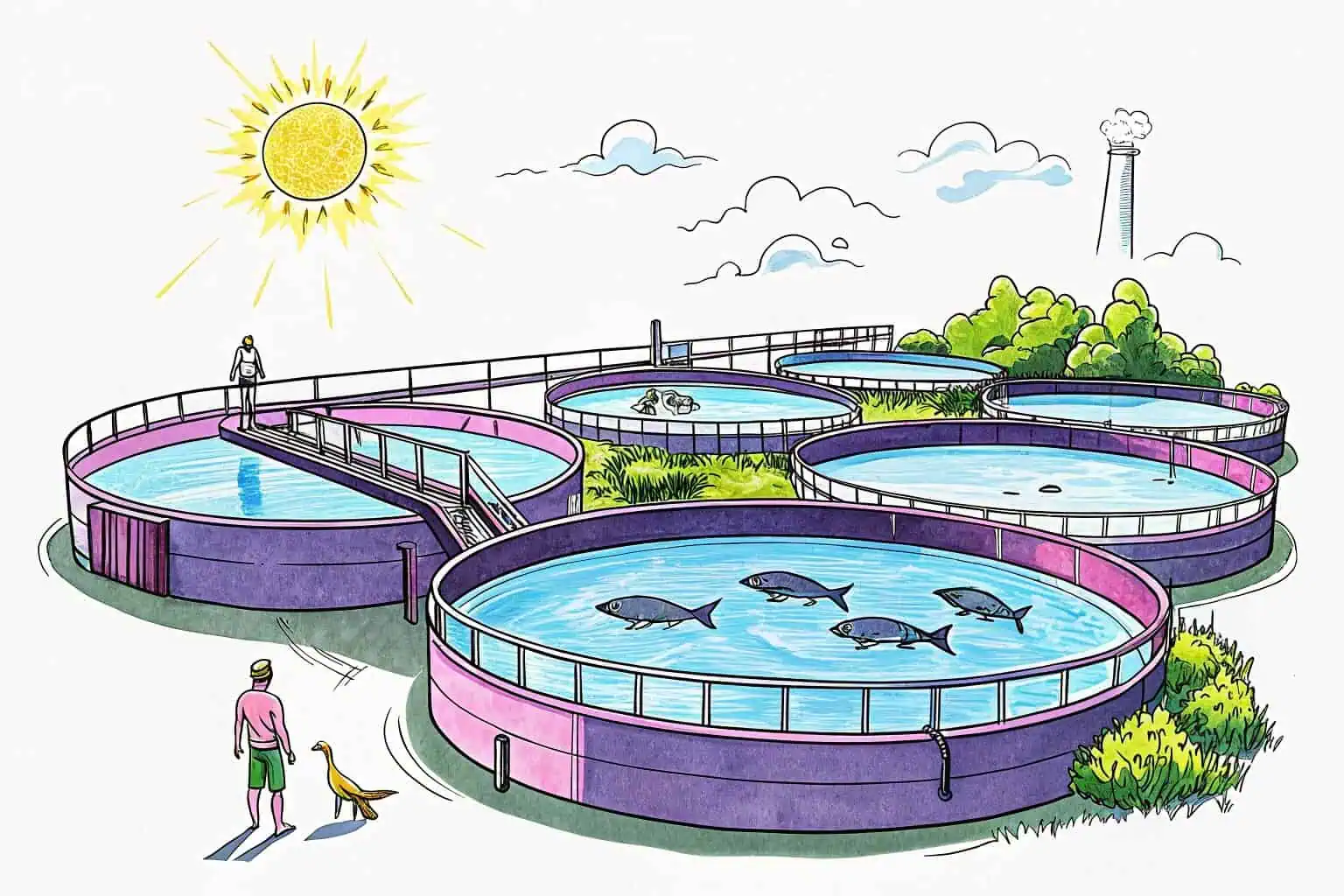
As someone deep in the aquaculture industry, I've seen firsthand how water quality can make or break a farm. It's the single most important factor for success. Getting it right means healthy fish and a healthy business. Let's explore what makes the perfect water environment for your fish.
Which water is best for fish farming?
Choosing a water source feels like a huge decision. A wrong choice can lead to constant problems, from disease to slow growth, costing you time and money every single day.
Groundwater from wells or boreholes is often the best source for fish farming. It's naturally filtered, has a stable temperature, and is free from pollutants, providing a safe and consistent environment for fish.
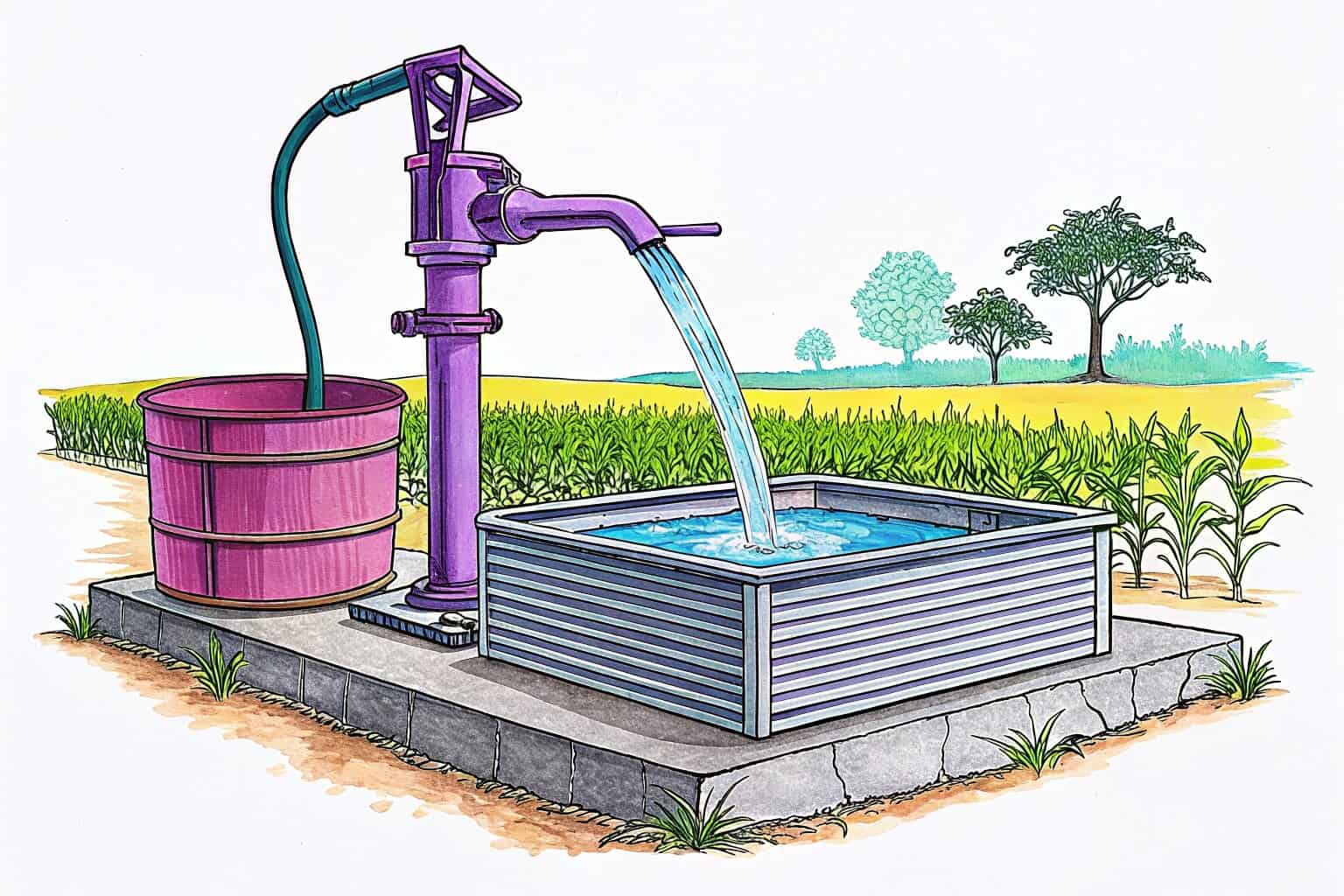
When I talk to fellow fish farmers, the conversation always turns to water. The source you choose sets the stage for everything else. While groundwater is often ideal, it's not the only option. The best choice depends on your location, budget, and the type of fish you're raising. It's about finding a reliable supply1 that you can manage effectively. Let's break down the most common options to see what might work for you.
Groundwater vs. Surface Water
From my experience, groundwater2 is a top choice. It comes from underground aquifers, so it's naturally filtered and clean. This means fewer worries about pollution, parasites, or diseases that can come from surface water like rivers or lakes. Its temperature is also very stable year-round, which is great for fish health because it reduces stress. However, drilling a well can be expensive upfront, and you might need to aerate the water to add oxygen. Surface water is easier to access but requires careful filtering and monitoring for contaminants, especially after heavy rain.
The Rise of Recirculating Aquaculture Systems (RAS)
I'm seeing more farmers turn to Recirculating Aquaculture Systems (RAS). This technology is a game-changer, especially where good water is scarce. An RAS is like a closed-loop system. It cleans and reuses water, cutting down water consumption by over 90%. This gives you total control over water quality, from temperature to purity. You can set up a farm almost anywhere. The initial investment is high, but it pays off in the long run with lower water costs and higher fish survival rates. It’s a sustainable solution that I believe is the future of fish farming.
| Water Source | Pros | Cons |
|---|---|---|
| Groundwater3 | Clean, stable temperature, free of pollutants | High initial cost, may need aeration |
| Surface Water4 | Easily accessible, low cost | Prone to pollution, temperature varies |
| RAS5 | Full control, low water use, sustainable | High initial investment, needs electricity |
What kind of water do fish prefer?
It's frustrating when fish don't thrive. You can do everything else right, but if the water isn't to their liking, they get stressed, stop eating, and become vulnerable to disease.
Fish prefer water that mimics their natural habitat. This means stable conditions with the right pH, temperature, and plenty of dissolved oxygen. They are sensitive creatures; consistency is the most important thing.
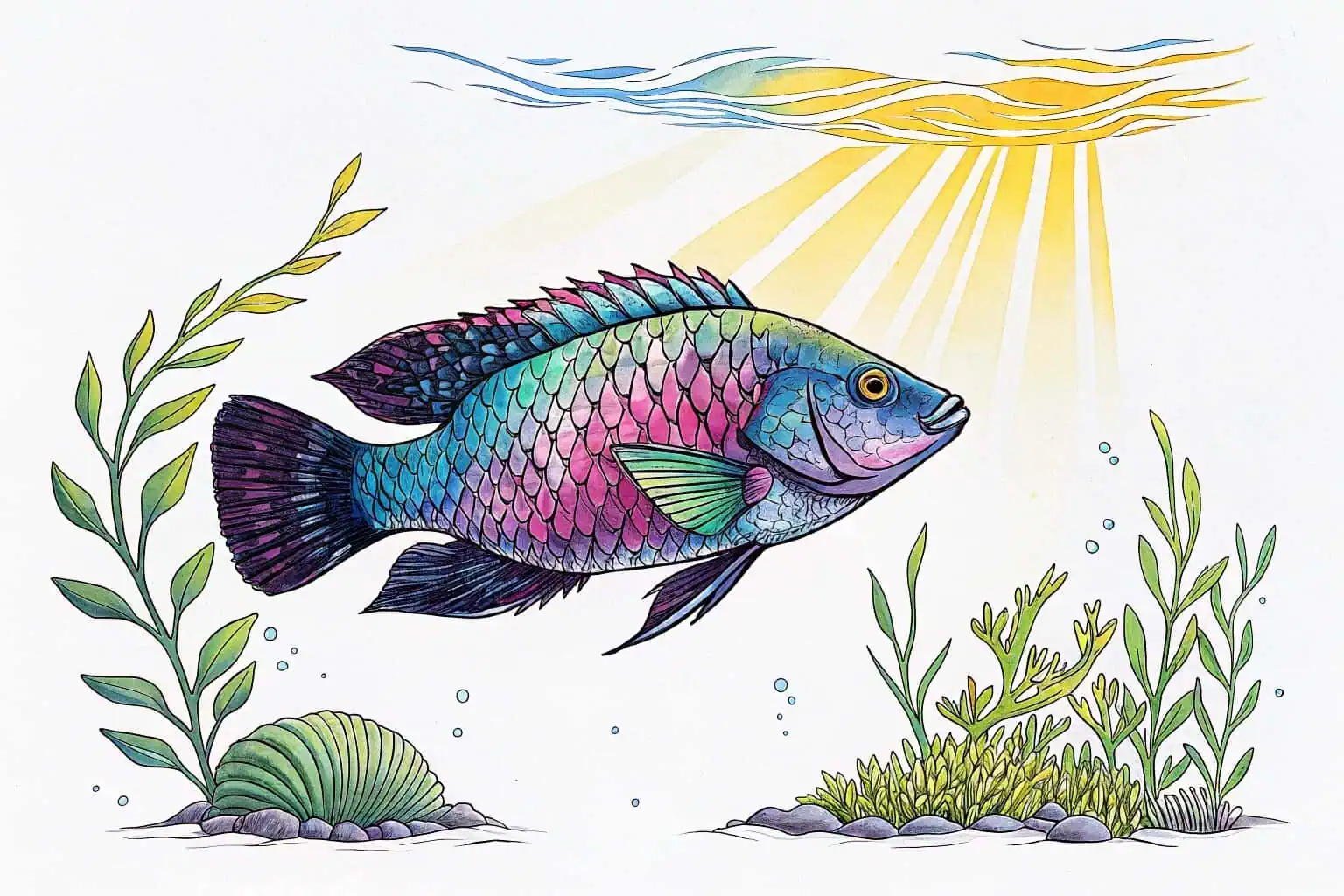
I've learned that thinking like a fish is the best way to succeed. They can't tell you what's wrong, so you have to read the signs. The key is to provide a stable home6. Sudden changes in their environment are a major source of stress. Understanding the specific needs of your fish species7 is crucial. Let's dive into the core elements that make water a comfortable home for them.
The Importance of pH Levels
The pH level8 tells you if the water is acidic or alkaline. Most fish are happy with a neutral pH, somewhere between 6.5 and 8.5. If it gets too high or too low, it can directly harm their gills and skin. I remember a time I struggled with low pH; my fish became sluggish and their growth stalled. I learned to test the pH regularly and use buffers like crushed limestone to keep it stable. It’s a simple test that can prevent so many problems. A stable pH means less stress and healthier, more active fish.
Temperature's Role in Fish Metabolism
Temperature is another big one. It controls how fast fish digest food and grow. Each species has a temperature range where it does best. For example, tilapia love warm water, while trout need it to be cool. If the water is too cold, they won't eat much. If it's too hot, it can hold less oxygen and stress them out. I use a simple digital thermometer9 to check the water daily. In my Bancy collapsible tanks, the water temperature is more stable than in-ground ponds, which helps maintain that perfect environment for growth.
Dissolved Oxygen: The Breath of Life
Fish breathe oxygen that's dissolved in the water. If oxygen levels drop too low, they will suffocate. This is one of the biggest risks in fish farming, especially on hot, cloudy days or when you have a lot of fish in one tank. I always have an aeration system10, like a paddlewheel or a blower, ready to go. It keeps the water moving and full of oxygen. I’ve seen how quickly a tank can turn deadly without enough oxygen. It’s something you can’t afford to ignore. Healthy oxygen levels lead to active, fast-growing fish.
What is the best water quality for fisheries?
Maintaining perfect water quality feels like a constant battle. You're fighting invisible enemies like ammonia and nitrite that can wipe out your stock before you even notice a problem.
The best water quality for fisheries means keeping harmful substances near zero. This includes ammonia and nitrites. It also means having enough alkalinity to prevent wild pH swings, ensuring a stable environment.
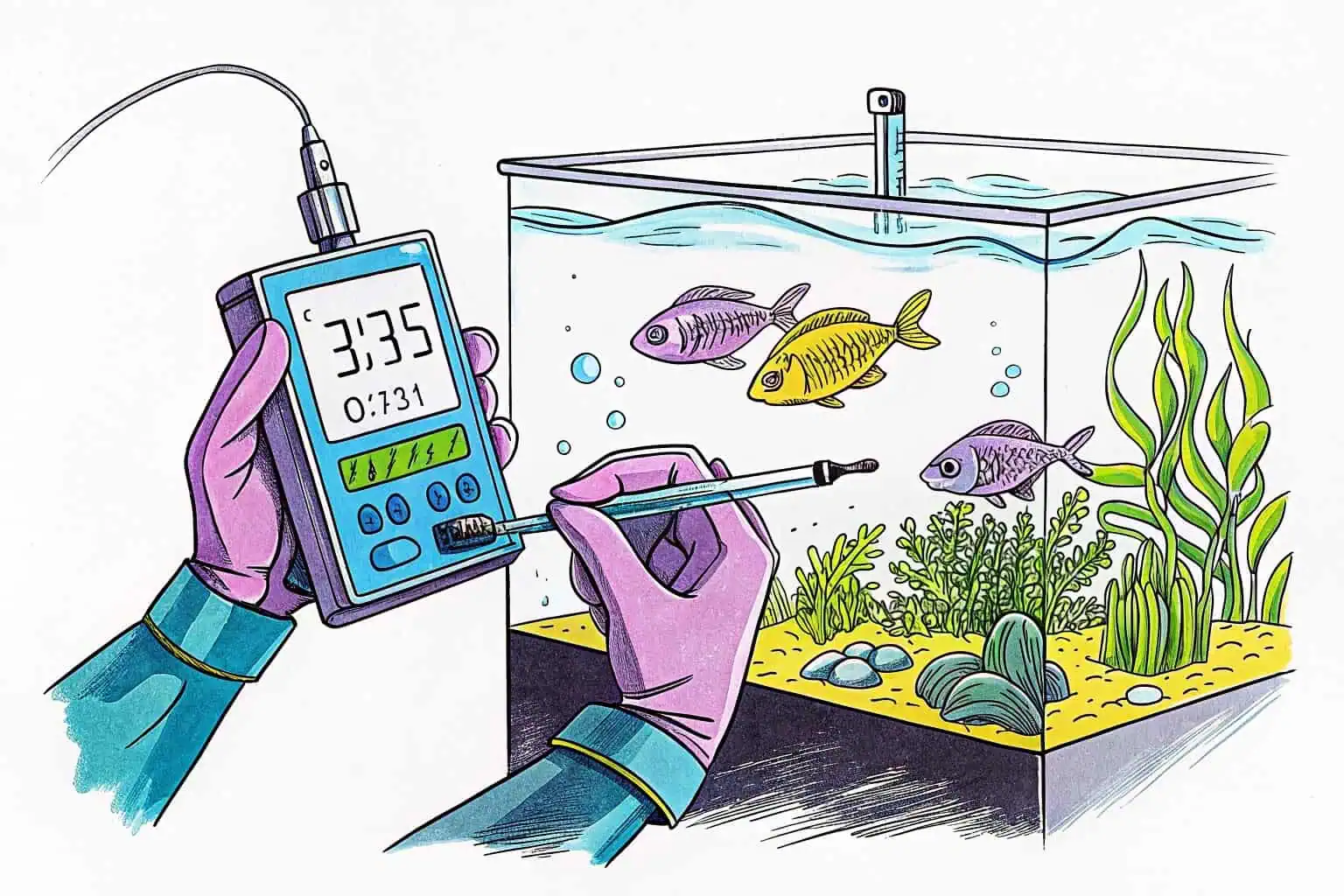
Over the years, I've come to see myself as a water manager more than just a fish farmer. The quality of the water is the foundation of everything. It’s not just about what’s in it, but also what isn’t. Keeping the bad stuff out is just as important as ensuring the good stuff is there. It requires regular testing11 and a proactive approach. Let's look at the key parameters you need to master.
Managing Ammonia and Nitrites
Ammonia is the number one killer in fish farming. It comes from fish waste and uneaten food. Even at low levels, it's toxic. Ammonia gets converted into nitrite, which is also very dangerous because it stops fish from being able to use oxygen. I learned this the hard way when I first started. The key is a healthy biological filter12, where good bacteria break down ammonia and nitrite into harmless nitrate. Regular water changes13 also help dilute these toxins. I test for both at least once a week. It’s a non-negotiable part of my routine.
Alkalinity and Hardness as Buffers
Alkalinity14 and hardness15 might sound complicated, but they are your best friends for keeping pH stable. Alkalinity is the water's ability to resist changes in pH. Think of it as a buffer. Hardness refers to the amount of dissolved minerals like calcium and magnesium. These minerals are important for fish health, especially for their bones and scales. Water with good alkalinity won't have sudden pH crashes, which can be deadly. If your water source is too soft, you can add agricultural limestone to increase both hardness and alkalinity, creating a much more stable and safe home for your fish.
| Parameter | Ideal Range | Importance |
|---|---|---|
| Ammonia | < 0.05 mg/L | Highly toxic, from fish waste |
| Nitrite | 5 mg/L | Essential for breathing |
Which is the best source to supply water to a fish pond?
Finding a reliable water supply can be a major headache. Rivers can run dry or get polluted, and city water is often expensive and treated with chemicals that are harmful to fish.
The best source is one that is reliable, clean, and affordable. For many, this means a combination of sources, like using rainwater collected in a reservoir and supplementing it with well water.
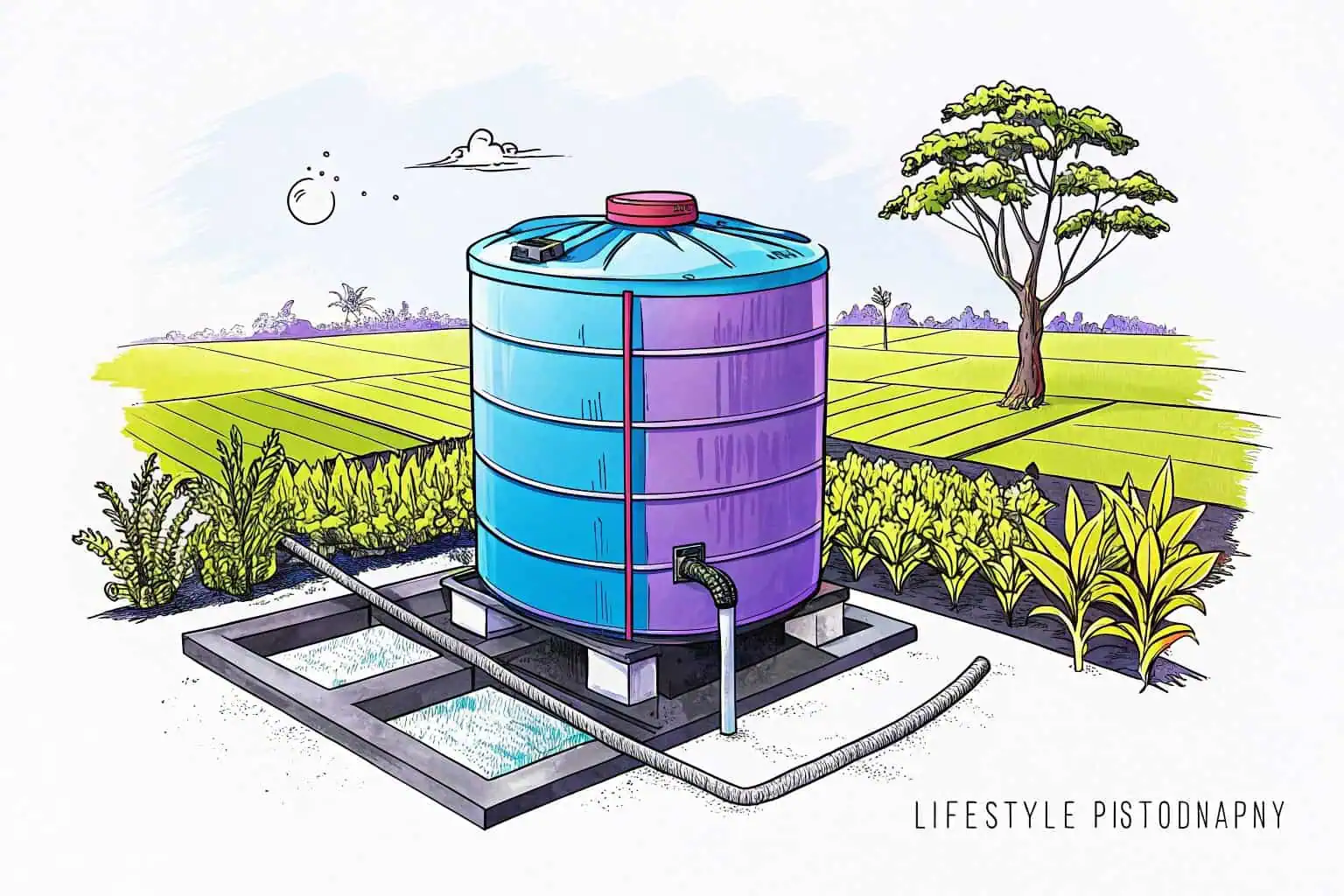
I've always believed in being resourceful. You can't rely on just one thing in farming. Having a flexible water strategy16 is crucial for long-term success. It’s about creating a system that can handle unexpected challenges, like a drought or a problem with your primary water source. This is where modern solutions and technology17 can really make a difference, helping you secure the most vital resource for your farm.
Practical Solutions for Water Sourcing
Many successful farmers I know use a mix of strategies. They might capture rainwater from rooftops and store it in large tanks. This water is naturally soft and free, but it's not always available. So, they have a well as a backup. This combination provides flexibility. During the rainy season, they rely on rainwater, saving on pumping costs. During dry spells, the well ensures the ponds stay full. It’s about looking at all your options and building a resilient system18. This approach reduces risk and makes your farm more sustainable in the long run.
How Bancy's Collapsible Tanks Help
This is where products like Bancy's collapsible tanks and fish ponds come in. I use them on my farm, and they are incredibly versatile. I have a large collapsible tank to store rainwater. It's durable and was easy to set up. I also use their collapsible fish tanks19. They are perfect for separating fish sizes or for setting up a quarantine tank for new fish. Because they are not permanent, I can move them around as my needs change. They are a cost-effective way to expand or manage my farm without major construction. For me, they are an essential tool for modern, flexible fish farming.
The Future: Technology in Water Management
Technology is changing the game. I've started using IoT sensors20 to monitor water quality in real-time. I get alerts on my phone if the oxygen level drops or the pH changes suddenly. This allows me to act fast, before it becomes a crisis. These systems used to be very expensive, but they are becoming more affordable. They provide peace of mind and allow for much more precise management. I believe that embracing this kind of technology is essential for anyone who wants to be successful in aquaculture in the coming years. It helps us be better, more efficient farmers.
Conclusion
In the end, successful fish farming comes down to managing water. By understanding and controlling water quality, you create the perfect environment for your fish to thrive, ensuring a profitable and sustainable business.
-
This resource will help you understand strategies to maintain a consistent water supply, crucial for successful fish farming. ↩
-
Exploring this link will provide insights into the advantages of groundwater, including its natural filtration and stability. ↩
-
Exploring this link will provide insights into the advantages and challenges of groundwater, helping you make informed decisions. ↩
-
This resource will give you a comprehensive understanding of surface water, including its accessibility and potential pollution issues. ↩
-
Explore this link to understand RAS in-depth, including its sustainability and investment aspects. ↩
-
Understanding how to create a stable environment is essential for fish health and happiness. ↩
-
Learning about the unique requirements of your fish can greatly enhance their well-being and longevity. ↩
-
Understanding pH levels is crucial for maintaining a healthy aquarium environment, ensuring your fish thrive. ↩
-
Choosing the right digital thermometer is crucial for accurate temperature monitoring, which directly impacts fish health and growth. ↩
-
Understanding aeration systems is crucial for maintaining healthy fish environments and preventing oxygen depletion. ↩
-
Regular testing ensures optimal conditions for fish health. Discover why it's essential and how to implement it effectively. ↩
-
Understanding biological filters is crucial for maintaining a healthy fish environment and preventing ammonia toxicity. ↩
-
Regular water changes are essential for fish health; learn the best practices to keep your aquarium safe. ↩
-
Understanding alkalinity is crucial for maintaining a stable aquatic environment, ensuring fish thrive and remain healthy. ↩
-
Exploring water hardness helps you grasp its role in fish health, leading to better care and management of aquatic life. ↩
-
Understanding a flexible water strategy can help you adapt to challenges and ensure sustainable farming practices. ↩
-
Exploring modern solutions and technology can provide insights into innovative practices that enhance farm efficiency and resilience. ↩
-
Learn about strategies to create a resilient agricultural system that withstands environmental challenges. ↩
-
Discover the advantages of collapsible fish tanks for better fish management and health on your farm. ↩
-
Explore this link to understand how IoT sensors can enhance water quality monitoring and improve aquaculture efficiency. ↩